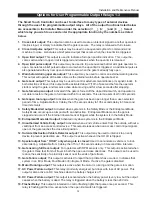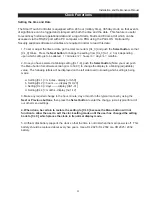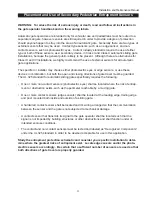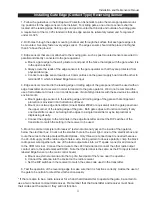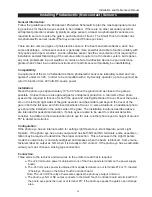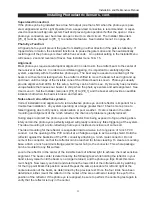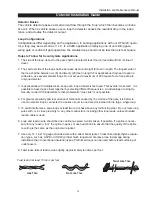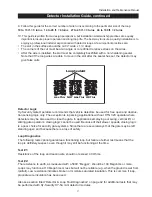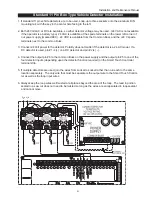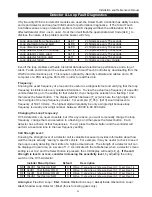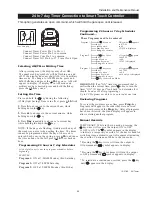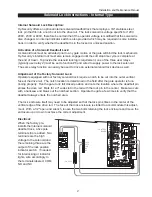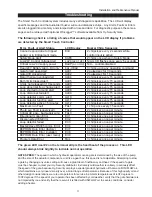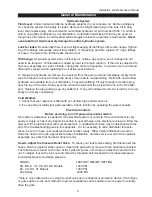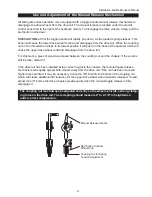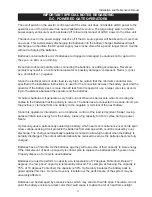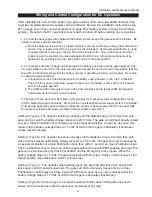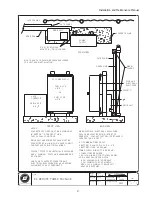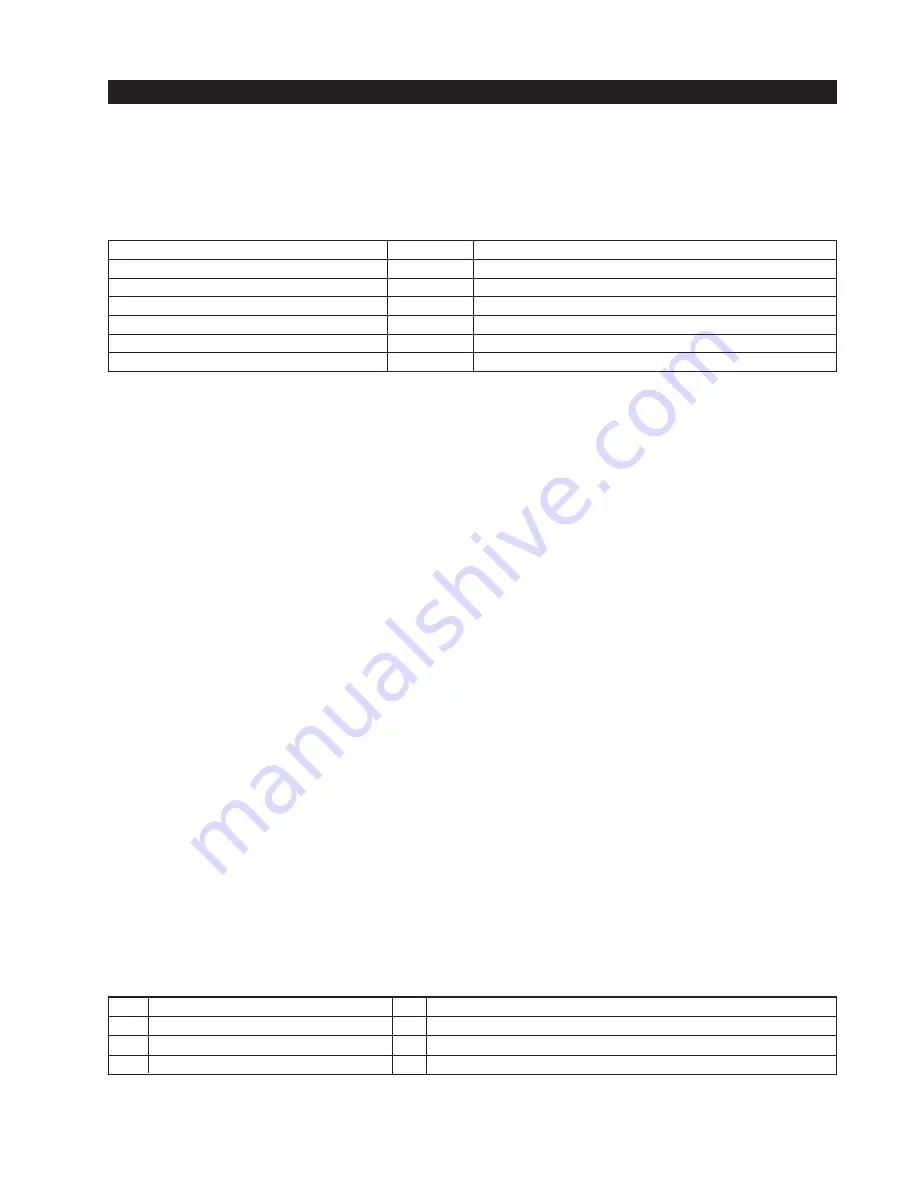
Installation and Maintenance Manual
42
Detector & Loop Fault Diagnostics
If Hy-Security HY-5A mini detector modules are used, the Smart Touch Controller has ability to store
and report detector and loop fault information for performance diagnostics. If The Smart Touch
Controller senses a loop or detector problem, the LCD display will flash the abbreviation for the
affected detector (ELd - ioLd - ooLd - SLd) then it will flash the appropriate Alert Code [ALE_] to
disclose the nature of the problem and the buzzer will chirp.
Loop abnormal freq change alert
ALE7
2 chirps/sec every 15 seconds
Loop shorted to ground alert
ALE8
2 chirps/sec every 15 seconds
Loop disconnected alert
ALE9
2 chirps/sec every 15 seconds
Loop detector active >5 minutes
AL12
2 chirps/sec every 15 seconds
Loop detector comm. alert
AL10
2 chirps/sec every 15 seconds
Loop detector function alert
AL11
2 chirps/sec every 15 seconds
Loop detector failed
Err3
3 chirps/sec once per minute
Even if the loop problem self heals, historical data about detector/loop performance and a log of
Alerts, Faults and Errors can be retrieved from the Smart Touch Controller by downloading from the
RS232 communications port. This requires optional Hy-Security software and cables, and a PC
computer or a PDA using the Palm OS, in order to read this data.
Frequency:
Knowing the exact frequency of a loop can be useful as a diagnostic tool and verifying that the loop
frequency is stable is also very valuable information. To view the actual loop frequency of a specific
vehicle detector, go to the setting for that detector, then change the selection to a flashing 1 and
then press the Select button. The display will flash between [F_xx] which are the high digits, then
the low digits of the loop frequency counter. For example: [F_05] + [3413] would represent a
frequency of 53,413 Hertz. The highest digit will probably be only a single digit because loop
frequency is usually a five-digit number, between 20,000 to 80,000 Hertz.
Changing the Loop Frequency:
HY-5A detectors can never crosstalk, but if for any reason, you want to manually change the loop
frequency, change the menu selection to a flashing 4 and then press the Select button. Each
detector has a choice of four frequencies. To exit, press the Menu button and the controller will
perform a reset and tune to the new frequency setting.
Call Strength Level:
Knowing the strength level of a detector call is valuable because it provides information about how
well the loop is actually “seeing” a specific vehicle. For example, it may be useful to check to see if
the loop is easily detecting the middle of a high bed semi-truck. The strength of a detector call can
be displayed in real time, on a scale of 1-7. As indicated in the table below, when a detector’s menu
setting is set to 2, and the Select button is pressed, the LCD display will read [LE_x]. If the call
strength is level 4 or less, consider increasing the sensitivity level, by adjusting the rotary
switch on the HY-5A detector.
Installer Menu Options
Default
Description
I
29
[ELd0] Test factory ELD
0
0=Run, 1=show freq, 2=show call level 0-7, 3= set Freq 1-4
I
30
[iLd0] Test factory IOLD
0
0=Run, 1=show freq, 2=show call level 0-7, 3= set Freq 1-4
I
31
[oLd0] Test factory OOLD
0
0=Run, 1=show freq, 2=show call level 0-7, 3= set Freq 1-4
I
32
[SLd0] Test factory SLD
0
0=Run, 1=show freq, 2=show call level 0-7, 3= set Freq 1-4
Acronyms: Free Exit Loop = ELd, Outside Obstruction Loop = ooLd, Inside Obstruction Loop =
IoLd, Shadow Loop Detector = SLd (this is for swing gates only)

